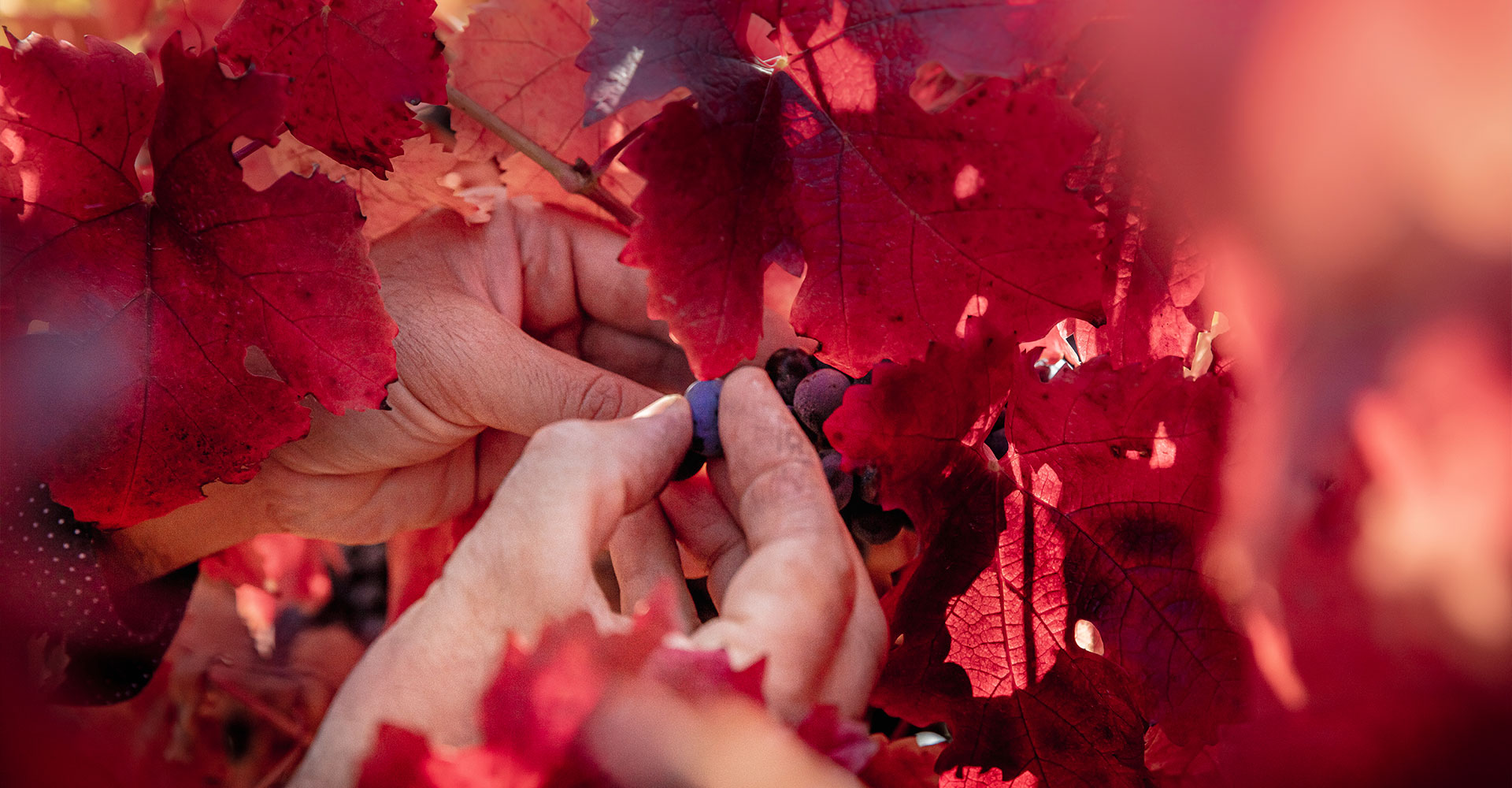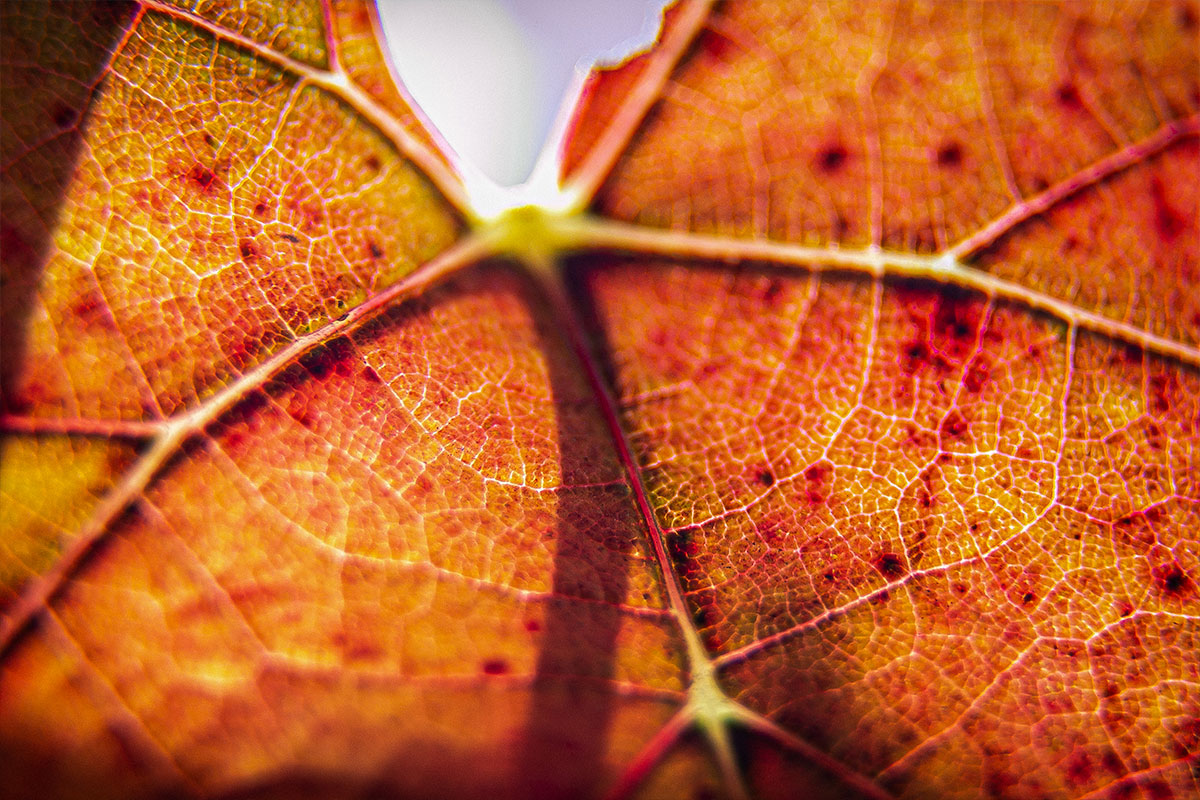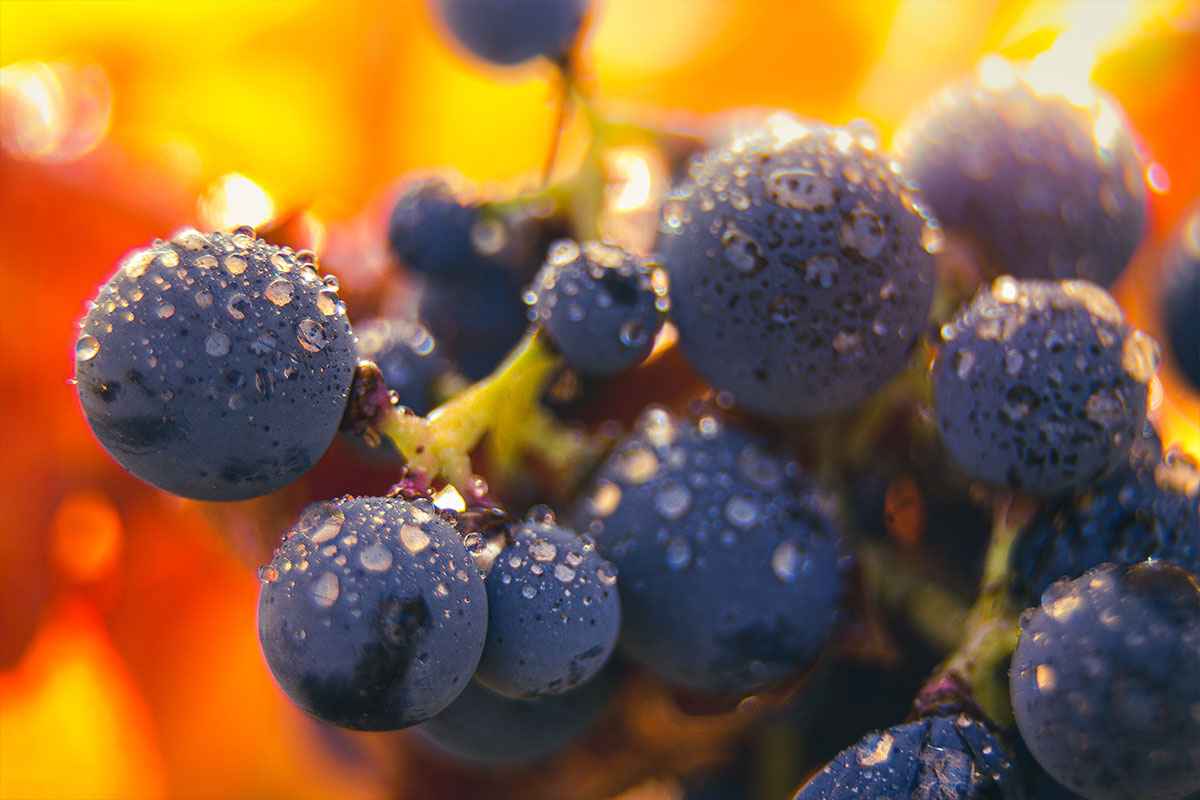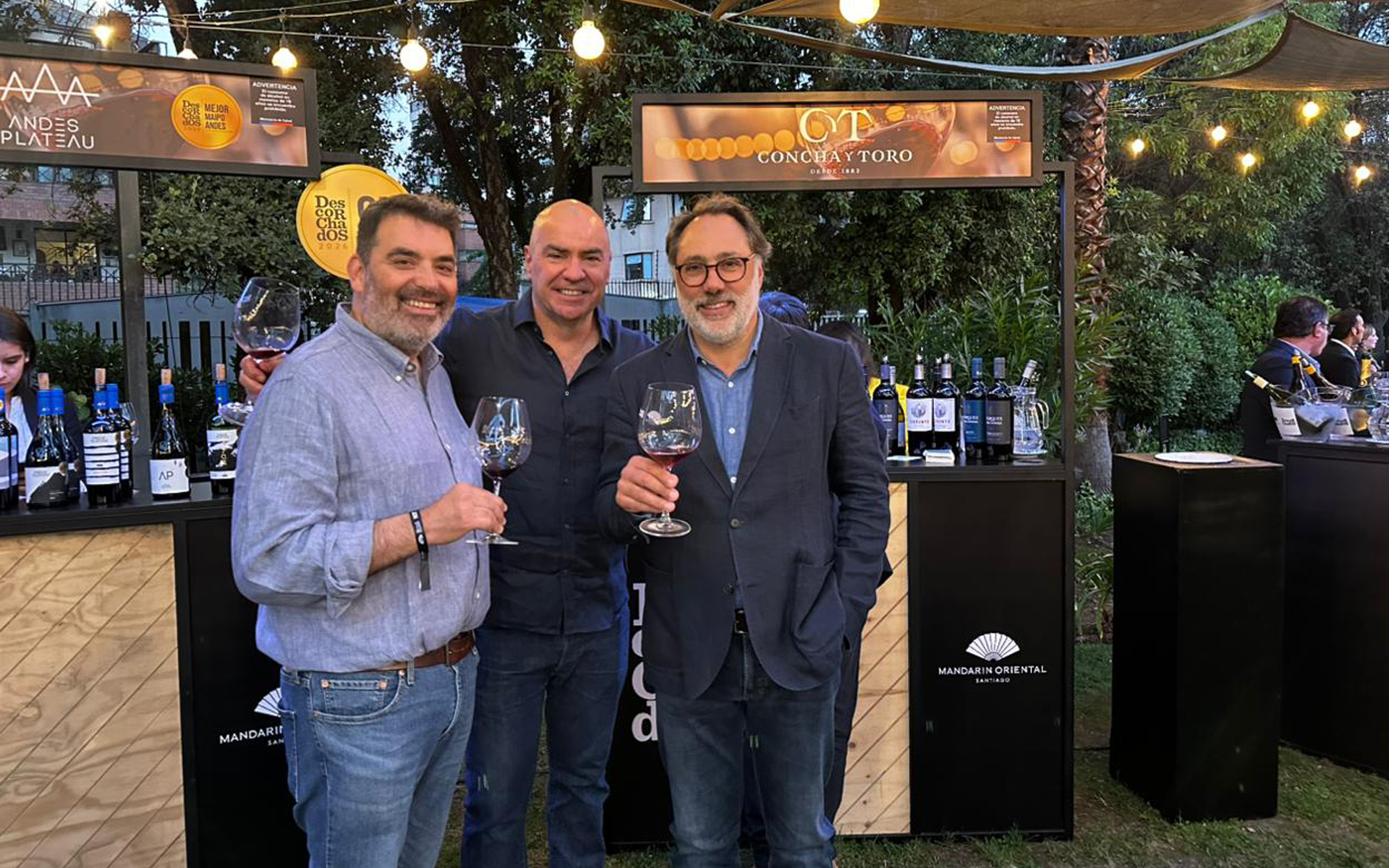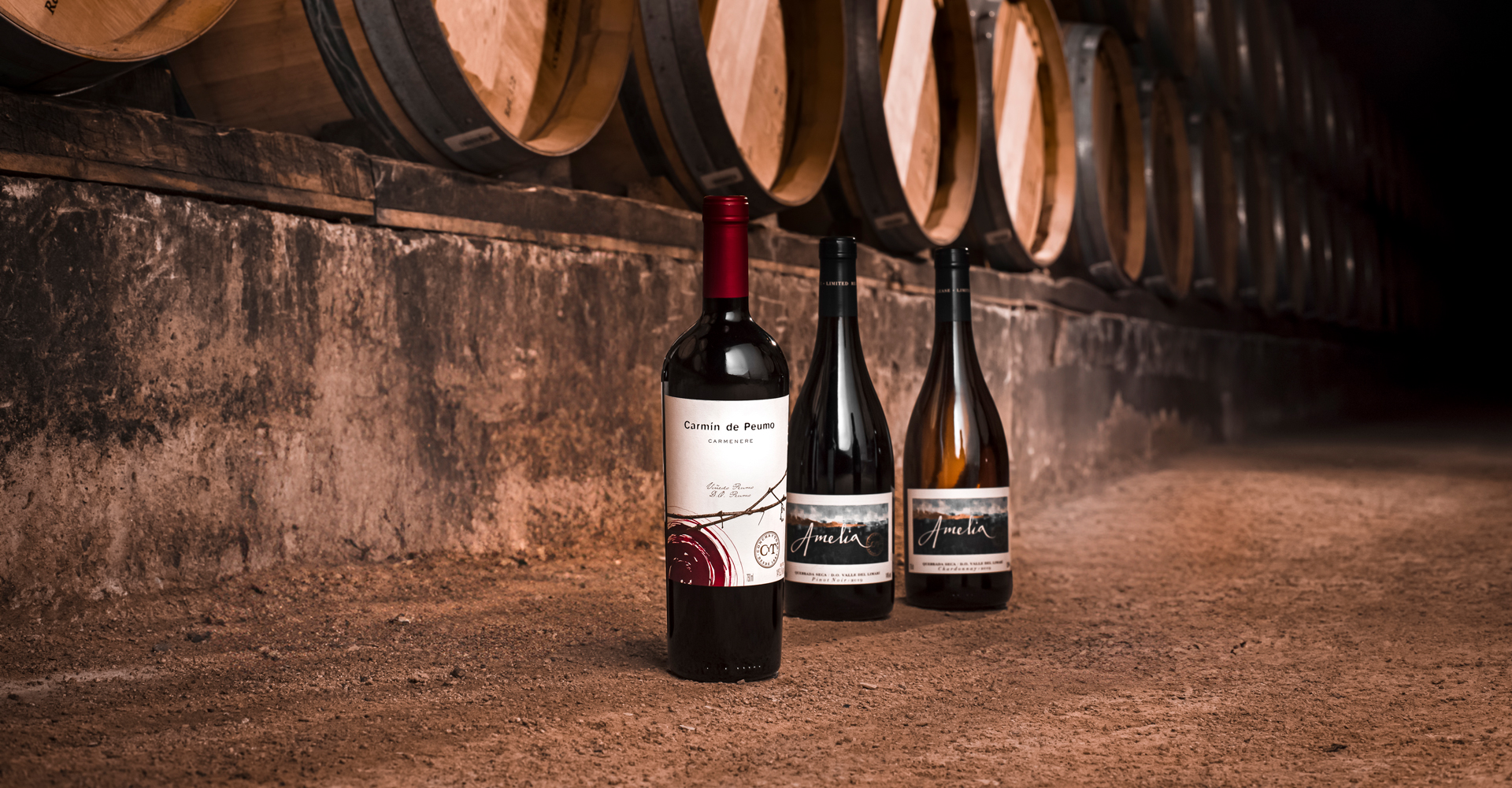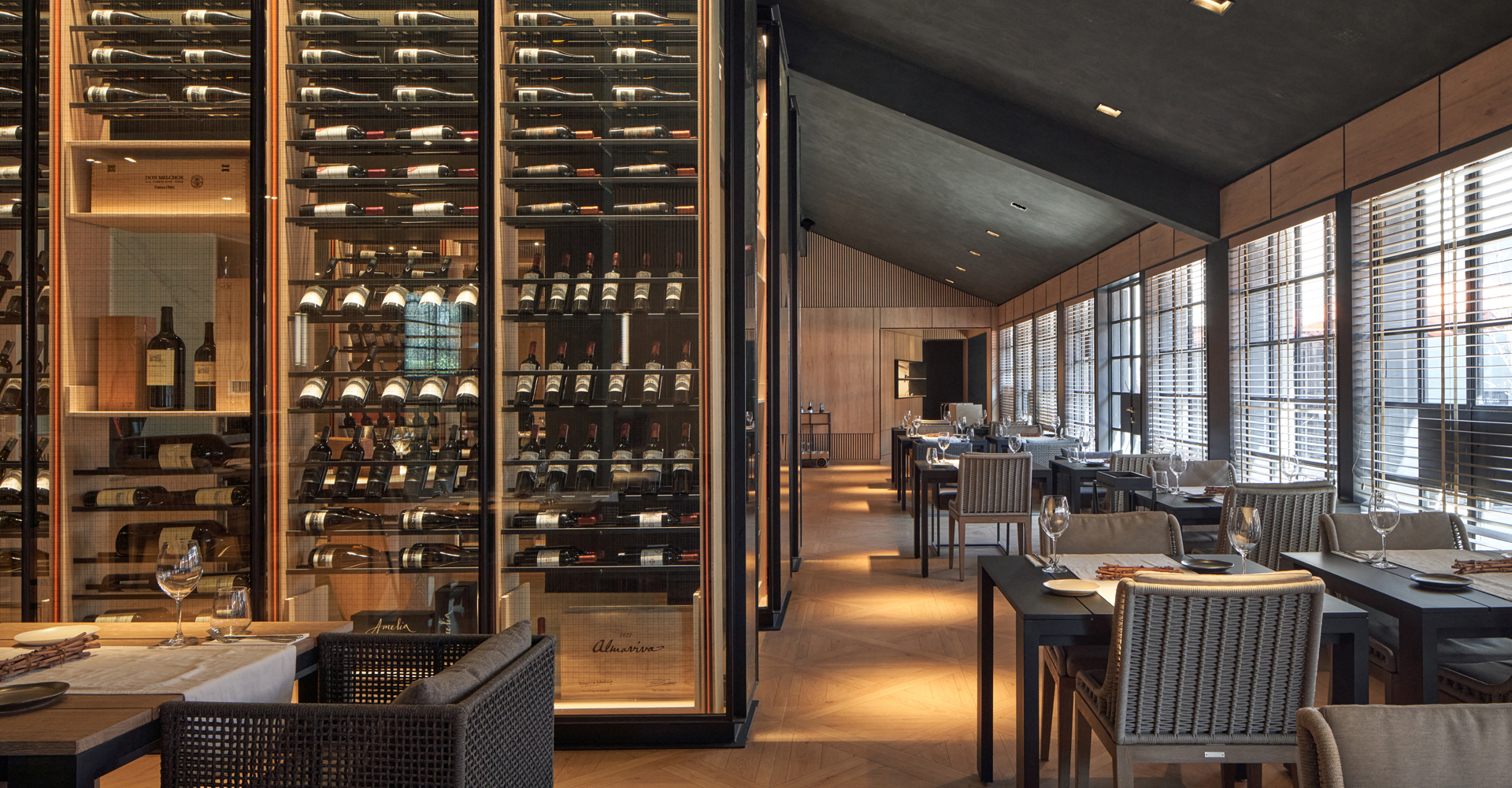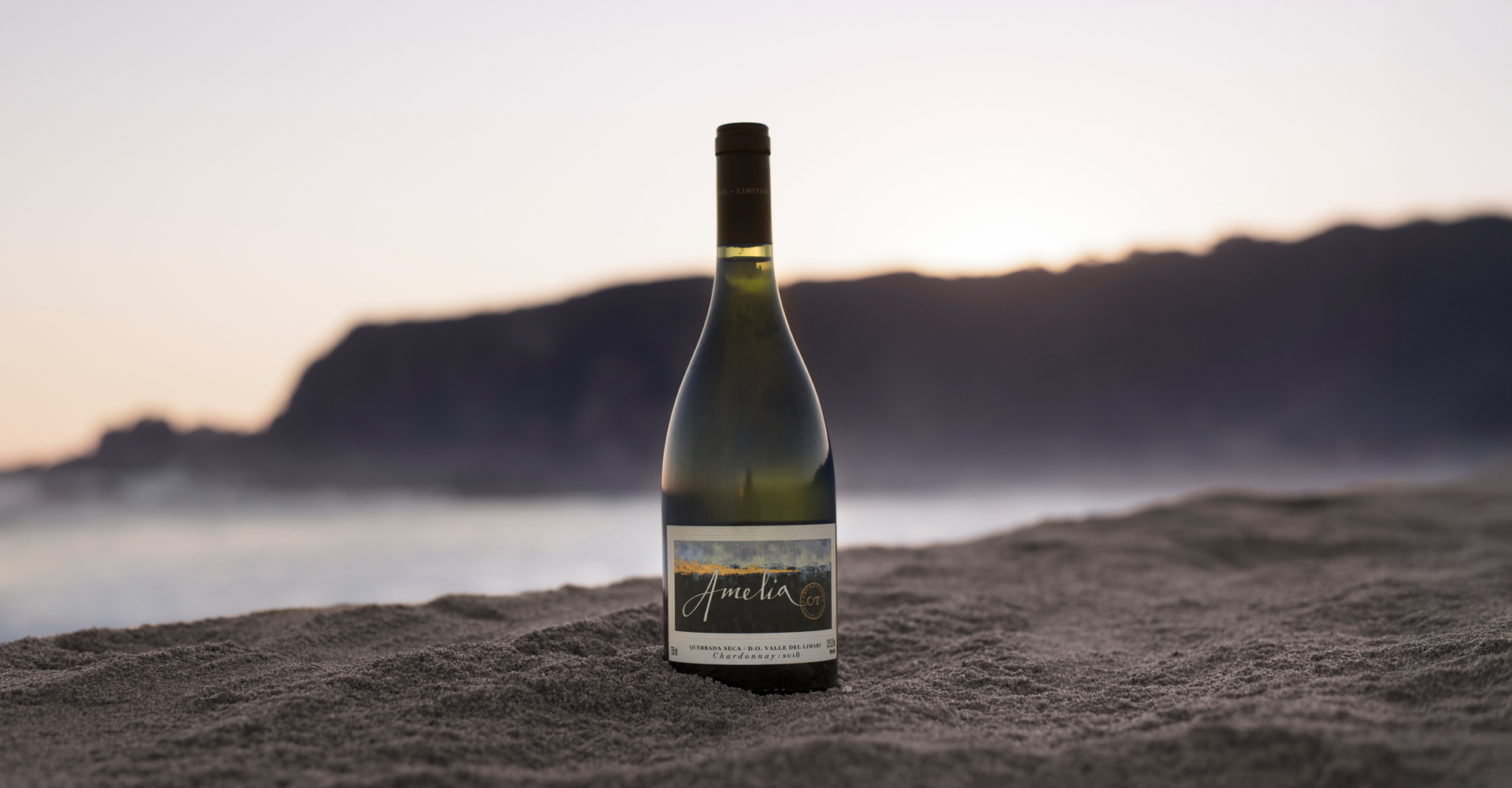7 de November de 2024
Peumo: the heart of Chilean Carmenere
Viña Concha y Toro’s work with this grape variety has not only been a work of deep dedication, but a true rescue of Chile’s winemaking heritage, preserving and elevating an essential part of our legacy. Peumo is also a symbol of tradition and excellence, and a living testimony of the company’s commitment to the history and future of Carmenere.
The Cachapoal Valley, and specifically the Peumo vineyard, has established itself as the best terroir for Carmenere in Chile. Its exceptional conditions, with a microclimate without significant frosts in winter and spring, and nutrient-rich clay loam soils capable of retaining water, allow the clusters to remain in the vineyard for a long period of time, which is a fundamental aspect for Carmenere grapes to reach the optimum level of ripeness.
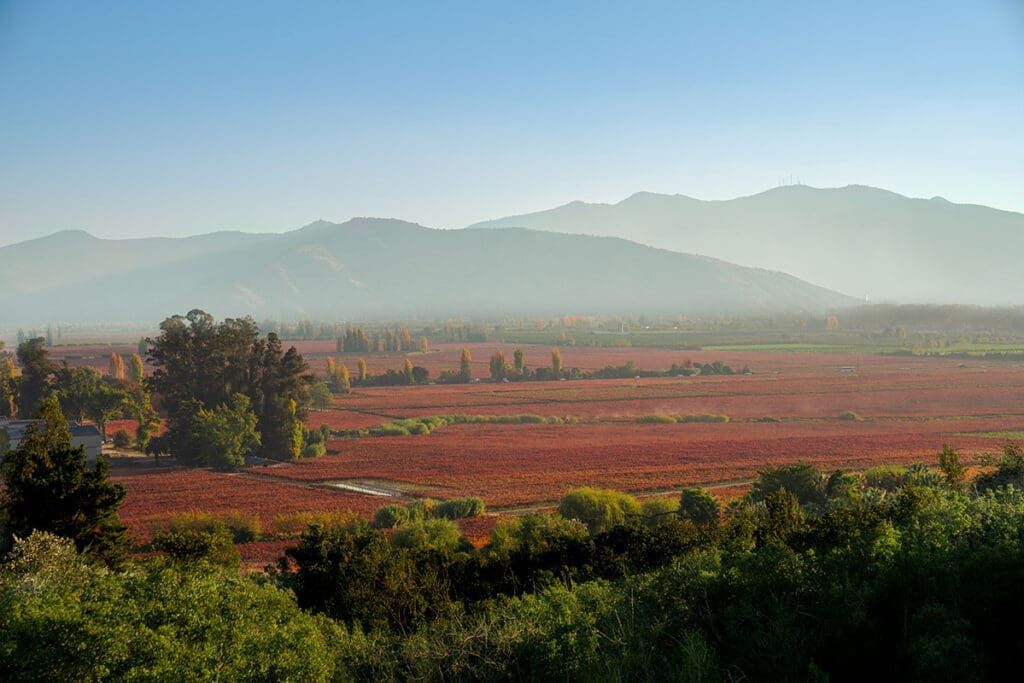
Originally planted in 1883 under the belief that it was late Merlot, Peumo has been the centre of Carmenere work for over 100 years, long before its rediscovery in the 1990s. Planted with an original massal selection of those early Bordeaux vines brought from France, this vineyard, along with Pirque, is one of the oldest in Chile and has been instrumental in shaping the national wine scene.
Viña Concha y Toro’s work with this grape variety has not only been a labor of deep dedication, but a true rescue of Chile’s wine heritage, preserving and elevating an essential part of our heritage. Peumo is also a symbol of tradition and excellence, and a living testimony of Viña Concha y Toro’s commitment to the history and future of Carmenere.
In 1983, the winery replanted 15 hectares of Carmenere vines in Peumo, believing it to be a late-ripening Merlot variety, which corresponded to blocks 31 and 32 of the vineyard.
Andrés Larraín, who was Concha y Toro’s agricultural manager for more than three decades, explains that in the 1990s, and together with Ignacio Recabarren -the first winemaker after Carmenere at Viña Concha y Toro and an iconic figure of this variety in Chile-, “we made a field selection of what we thought was Merlot and started planting the new vineyards in Peumo.” Recabarren, with his deep understanding of the grape variety and his innovative approach, was instrumental in positioning Carmenere as an emblem of Chilean viticulture.
In 1990, Block 27 was replanted, which would later give birth to Terrunyo, Chile’s first ultra-premium Carmenere. This wine -launched in 2000 with its 1998 vintage-, is characterised by a pure and authentic expression of Carmenere, establishing itself as the undisputed benchmark for this variety in Chile and the standard to which all other Carmenere in the country aspire. With a distinctive character and true to the variety, Terrunyo Carmenere embodies the very essence of what a great Chilean Carmenere should be.
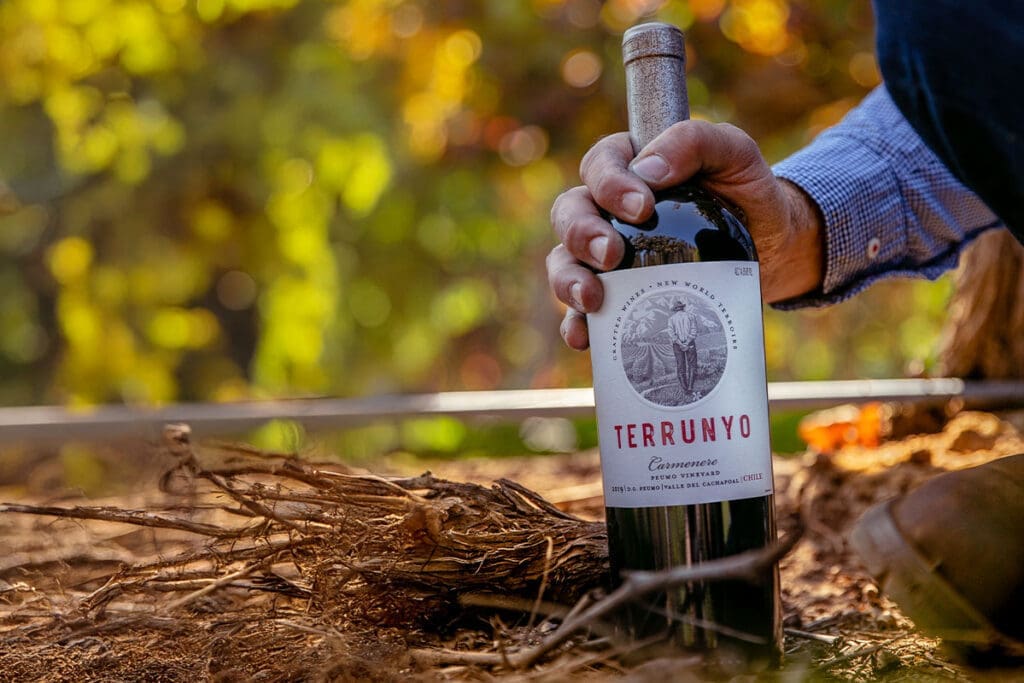
Subsequently, the quality of the grapes and the different profile of the Carmenere found in Block 32 of the vineyard led to the creation of Carmín de Peumo, a wine based on Carmenere that also incorporates some percentages of Cabernet Franc and Cabernet Sauvignon in its composition. “We were already making Terrunyo Carmenere, which stood out for its intense and deeply rooted expression of the variety. However, when we tasted the grapes from Block 32, we immediately noticed that this was a more subtle and delicate Carmenere, with a very distinctive finesse and elegance, very different from what we had seen before. At that moment, Carmín de Peumo was born,” says winemaker Marcio Ramírez, a key figure in Concha y Toro’s recent history, and a profound connoisseur of the Carmenere variety, currently in charge of bringing Concha y Toro wines of this variety to life.
Carmín de Peumo, Chile’s first icon Carmenere, was launched in 2006 and its first vintage in 2003 marked the beginning of a new era for Carmenere in Chile. “From the discovery of Carmenere in 1994 until 2003 – the first vintage of Carmín de Peumo – we studied the variety in depth. We wanted to know its characteristics, how to manage it and when to harvest it, and I think we now have a level of expertise that no one else in Chile has. We had been working in these vineyards since 1983 and we didn’t know it was a lost variety, but since then we have been dedicated to getting the best wine possible,” says Marcio.
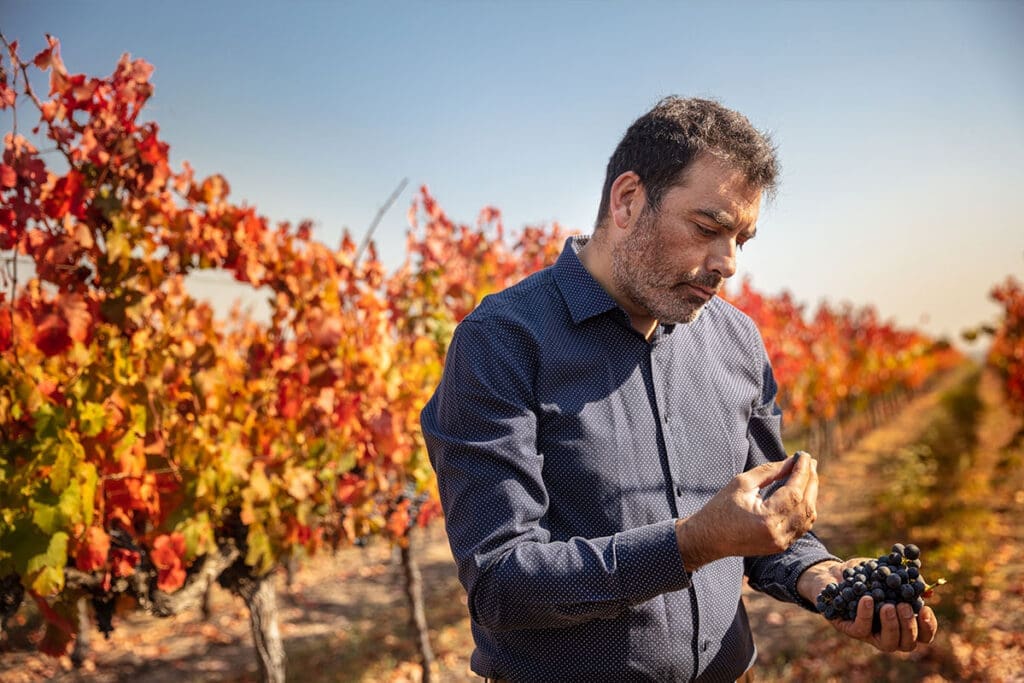
For this winemaker, who has been working with Carmenere at Viña Concha Toro for almost 30 years, the Peumo terroir is the undisputed home of Carmenere in Chile: “Peumo is the cradle of Carmenere. The depth of its soils, free of stones and with a constant supply of water, allows the vines to grow and develop without stress, reaching optimum levels of maturity. At the same time, its ideal and balanced microclimate, without extremes, is perfect for a variety that is very sensitive to low temperatures, thus creating the ideal conditions for the development of an exceptional Carmenere.”
Regarding the challenges of vinification of this variety, Marcio comments “due to its long ripening cycle, which is longer than that of other grape varieties, precise management in the vineyard is required to achieve optimal balance. In addition, the variety tends to develop herbaceous aromas if not harvested on time and is sensitive to weather conditions. It is therefore essential to understand the variety, to know how to read its signals and to determine the exact moment when it is necessary to harvest. In the winery, it is also essential to manage tannin extraction to achieve a balanced and elegant wine.”
And it has been the international critics themselves who have confirmed the undisputed quality of Peumo’s terroir for the cultivation of this variety, being recognised by the prestigious Wine&Spirits magazine among the 100 Best Terroirs in the World in 2012, and by the American critic James Suckling, who qualified it as a ‘Top Terroir’.
“What distinguishes Carmenere de Peumo is its elegance and finesse. While in other regions Carmenere tends to be more opulent and concentrated, Peumo Carmenere is characterised by its freshness, elegance and finesse,” says Marcio, adding: “Respecting the fruit and terroir of Peumo has allowed for a modern Carmenere model, authentically reflecting the essence of its origin and the richness of its environment.”

